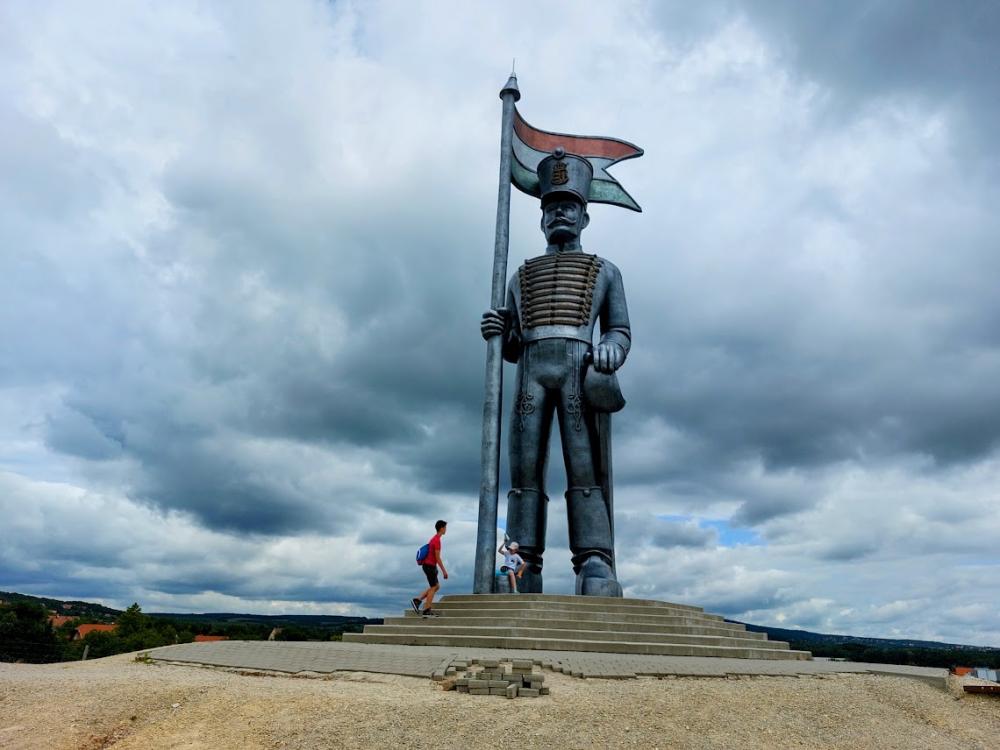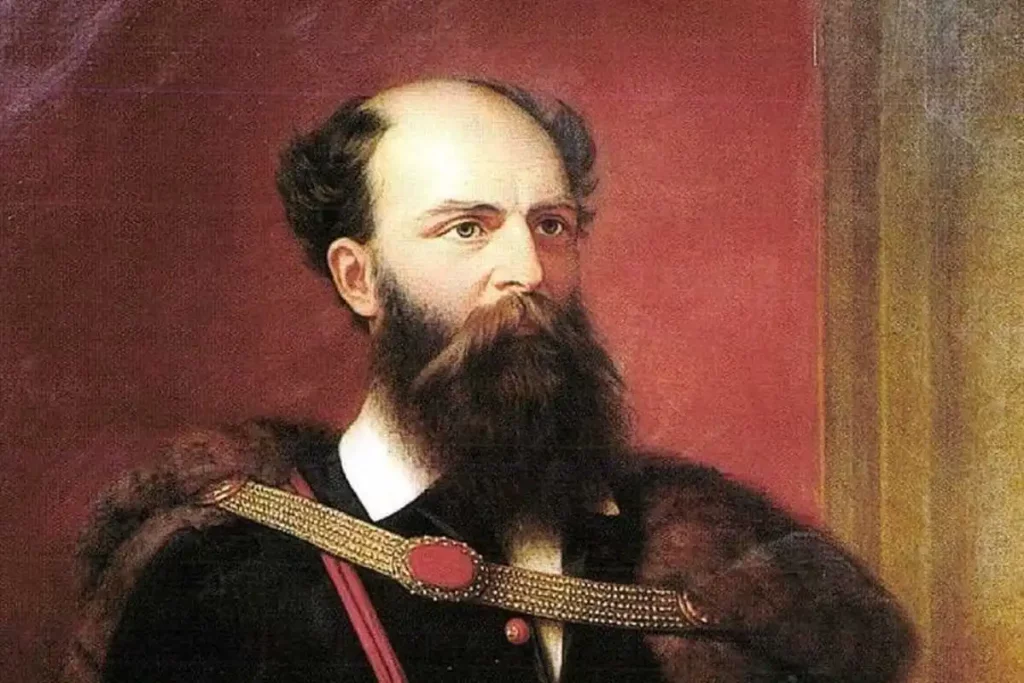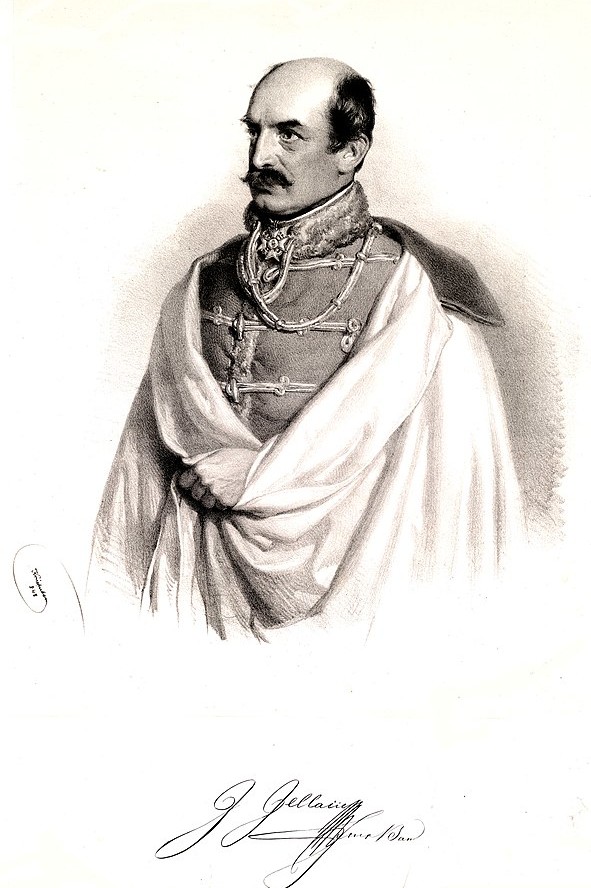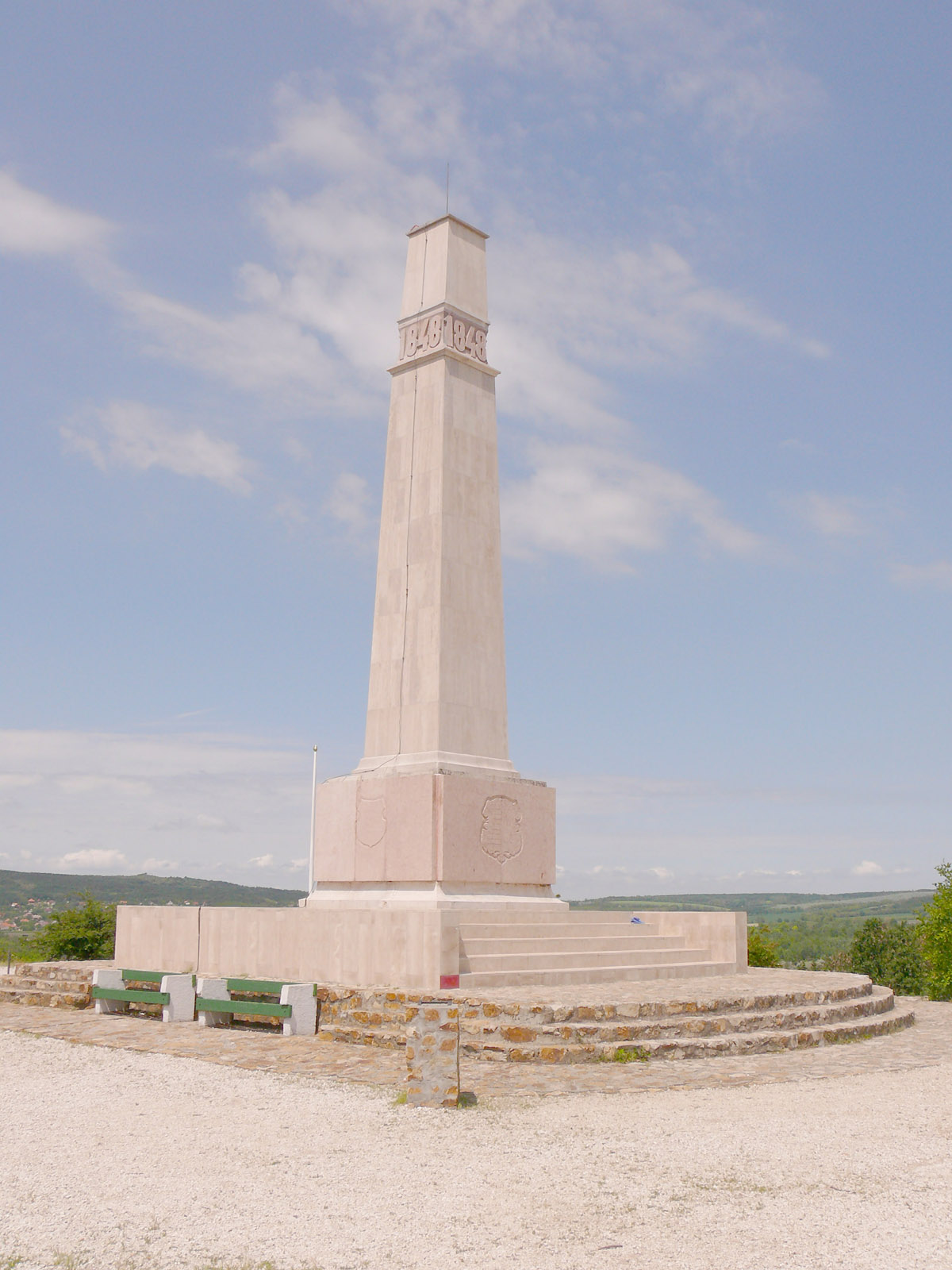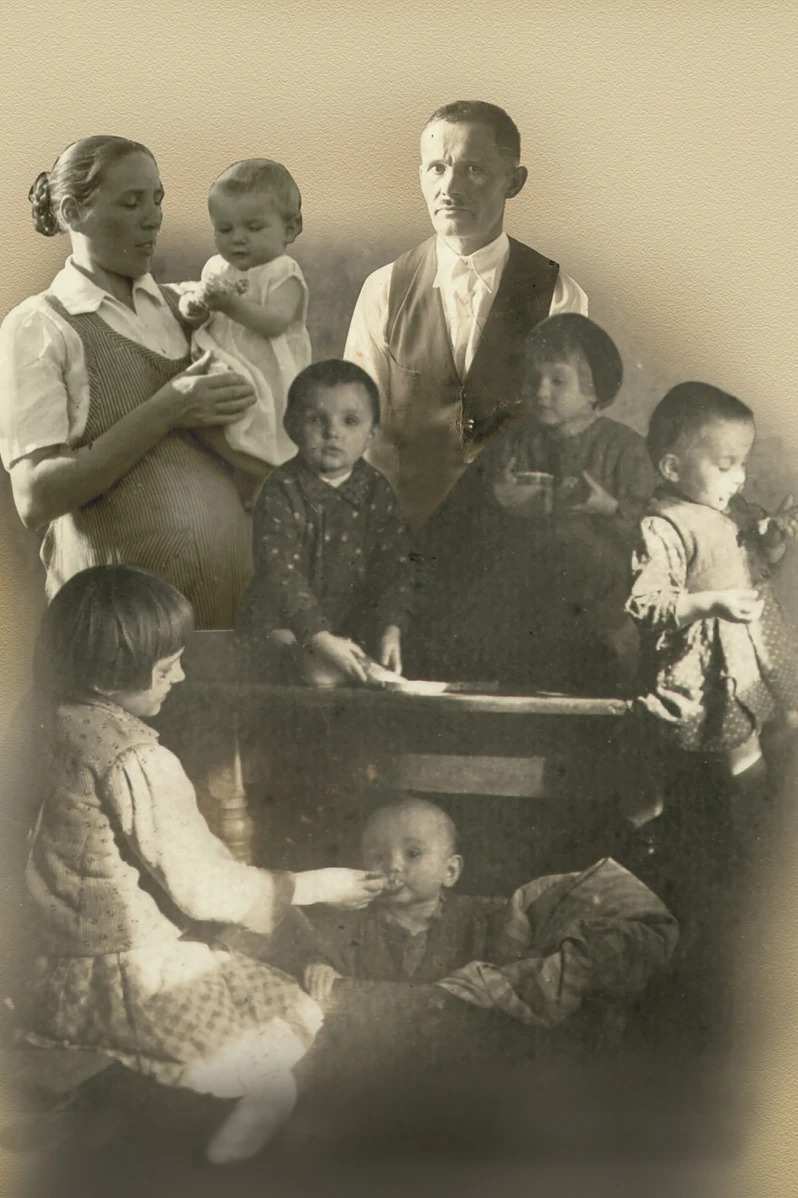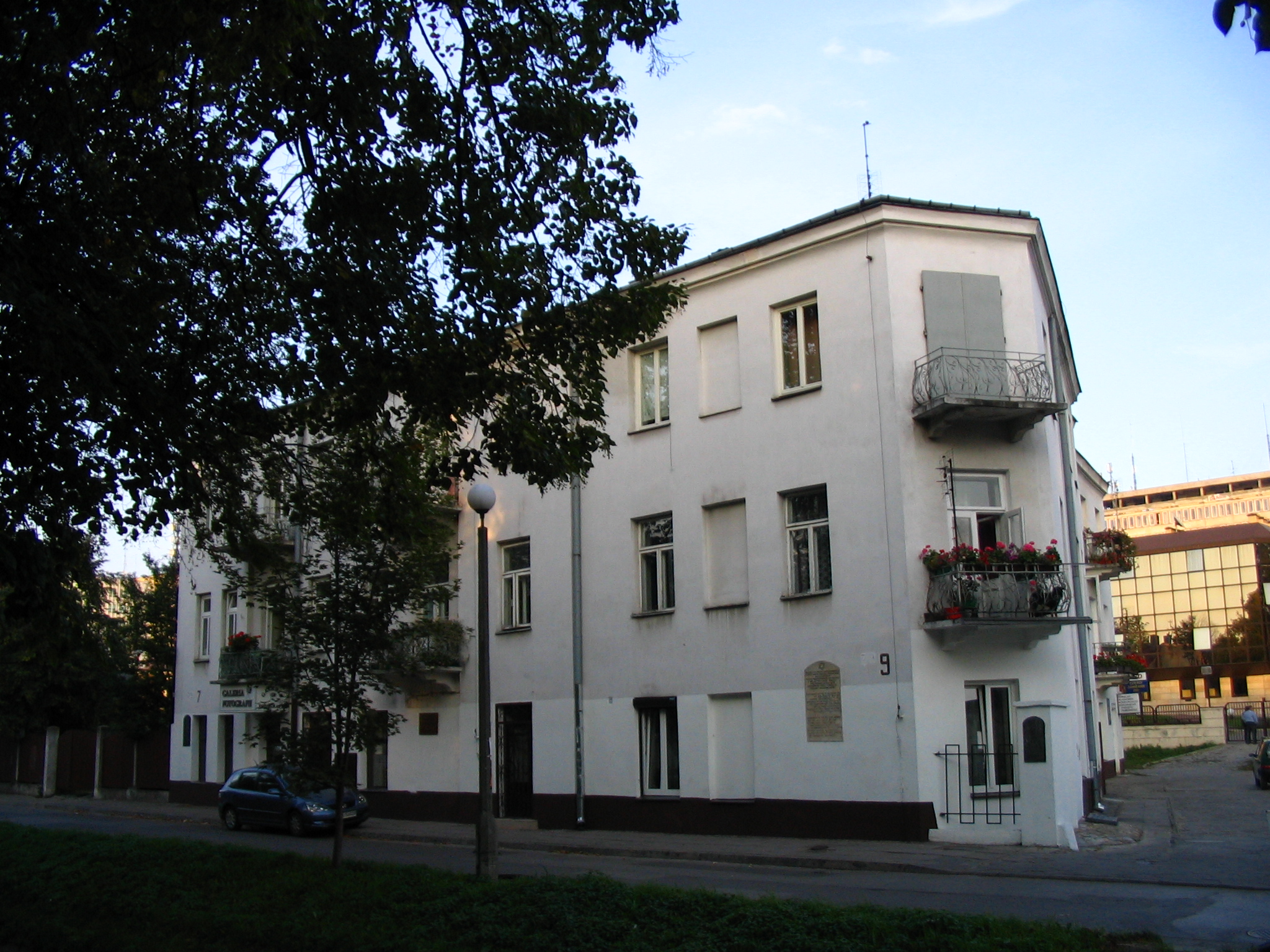Battle of Pákozd – Pákozd
Fact of the Hungarian figure „Bloodless Revolution in Pest – The birth of the political nation”
Part of the „Revolutions of 1848″ topic
The Battle of Pákozd, fought on September 29, 1848, is a cornerstone in the history of Hungary’s 1848 Revolution, marking the first major military victory of Hungarian forces during their struggle for independence. This battle, fought near the village of Pákozd, was a direct result of escalating tensions following the passage of the April Laws, which established Hungary’s constitutional monarchy and granted significant autonomy under the Habsburg Crown.
The April Laws, championed by Hungary’s first independent government led by Prime Minister Lajos Batthyány, were a watershed moment in the nation’s history. They introduced reforms such as the abolition of serfdom, a representative parliament, and broader civil liberties. However, the Vienna court viewed these changes as a threat to the empire’s unity. By September, the political and military conflict had intensified as Hungarian reforms clashed with the conservative, centralizing policies of the Habsburg regime.
In late August and early September, the situation grew dire when Jellacic, the Ban of Croatia, invaded Hungary with an imperial mandate to suppress the revolution. Despite this aggression, the Hungarian Diet, led by figures like Lajos Kossuth, worked tirelessly to rally support and secure the resources needed to defend the nation. Kossuth’s fiery speeches and the establishment of the Hungarian National Guard mobilized thousands of volunteers, uniting the nation against the invading forces.
The Batthyány government, though committed to diplomacy, faced internal challenges, including the reluctance of Habsburg-loyal officers and the Vienna court’s refusal to recognize Hungary’s authority. Despite these obstacles, Batthyány and his ministers, including Bertalan Szemere and Lázár Mészáros, prioritized military preparedness. This culminated in the assembly of a Hungarian army under General János Móga, which confronted Jellacic’s forces near Pákozd.
On September 29, the Hungarian forces successfully repelled Jellacic’s troops, demonstrating their determination and military capability. This victory not only boosted national morale but also delayed the Habsburg counter-revolution. However, tensions remained high, and the Batthyány government faced mounting pressure as Vienna continued its efforts to crush Hungarian autonomy.
The Battle of Pákozd stands as a testament to the Hungarian people’s resolve to defend their newly won freedoms and marks the beginning of a protracted struggle that would define Central Europe’s 19th-century revolutions. It also highlights the interplay between Hungary’s fight for sovereignty and broader regional dynamics, as neighboring nations grappled with their own aspirations for reform and independence.
